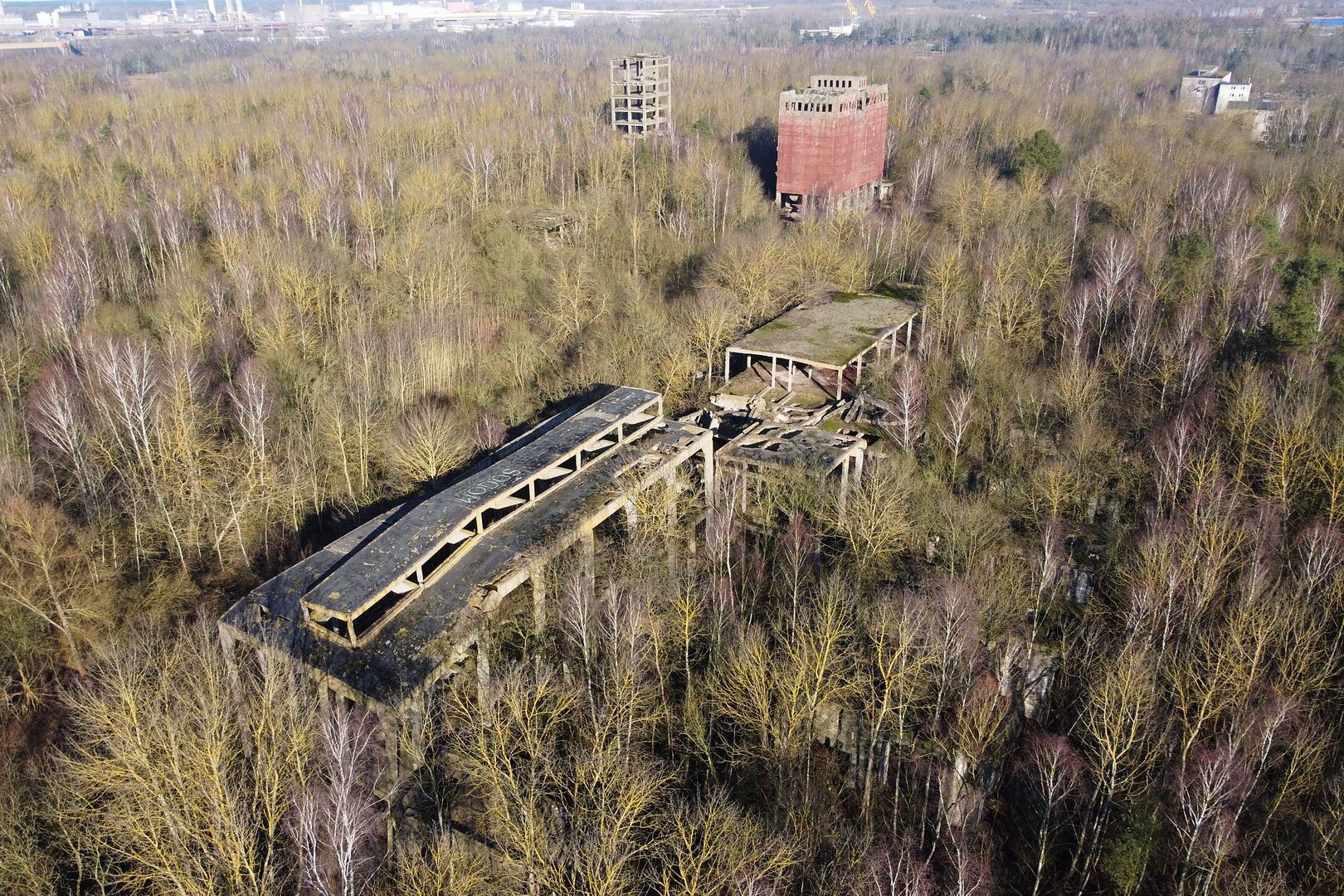Synthetic gasoline factory in Police
6.06

Overview
The synthetic gasoline plant in Police, known as Hydrierwerke Pölitz, was one of the key facilities of IG Farben Industrie. Established in 1937, its purpose was to produce coal-based fuel, primarily for the German military during World War II. The production process was based on the Bergius method, which required seven tons of coal to produce one ton of fuel. During the war, the plant employed approximately 30,000 forced laborers, of whom 13,000 died due to harsh working conditions and lack of medical care. Despite intense Allied bombing, the facility continued to produce gasoline until just a few months before the end of the war, making it a key target for Allied intelligence and bombing raids as part of Operation Synthesis. After the war, under the terms of the Potsdam Conference, the plant site came under Polish jurisdiction, and much of the equipment was dismantled and transported to the Soviet Union. Today, the remains of the plant, including its distinctive coal elevator and anti-aircraft bunkers, form part of a tourist and educational trail managed by the "Skarb" Historical Museum. The area is also protected due to its bat colonies, making it an important natural site. The factory ruins are a fascinating testament to the region's industrial history, and their mysterious underground structures, still containing many unexplored elements, attract researchers and enthusiasts alike.
Location
Tickets
Powered by GetYourGuide
2025 Wizytor | All Rights Reserved